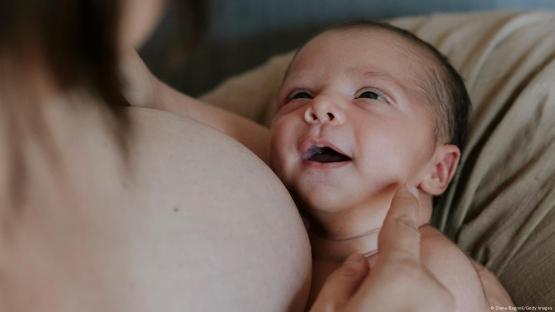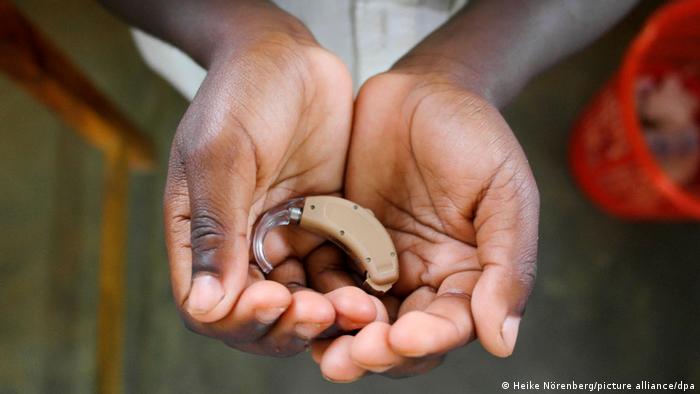A BABY girl has had eight embryos removed from her stomach after her parents noticed she had a swollen tummy.
The tot was born at a private hospital in Ramgarh District, Jharkhand State, India, on October 10.
But not long after her arrival, her parents took her to hospital with concerns that she had a tumour due to her abnormally swollen stomach.
Medics carried out a CT scan on the newborn and saw images that did suggest a tumour.
The baby girl was subsequently transferred to the Rani Children Hospital & Research Centre in the city of Ranchi.
However, the team, led by Dr Mohammed Imran, found she did not have a tumour, but instead had a foetus-in-foetu (FIF) – more commonly known as parasitic twin.
This is a rare condition where one or more malformed vertebrate foetuses are enclosed within the body of their sibling.
After the scan results came back, doctors were stunned to find a total of eight underdeveloped embryos in the girl̢۪s abdominal cavity.
Medics kept the young patient under observation for 21 days before carrying out an operation to remove the embryos.
Dr Imran stated that the operation was successfully completed in around one and a half hours.
The baby girl is currently recovering well from the surgery.
Such cases are considered extremely rare and only happen in fewer than one in every one million births.
Cases tend to be ultra-rare thanks to advances in ultrasound technology, which means they are usually detected during pregnancy.
If a twin is detected inside its living sibling, they are removed soon after birth.
However, there are cases where this can be missed and the twin can grow up with the tumour inside them for years.
The medical team claimed it is the most embryos ever removed from an infant patient.
Along with Dr Imran, the team also included anaesthetist Dr. Vikas Gupta, medical graduate Dr Uday and a team of nurses.
They said only ten similar cases have ever been reported in India.
Additionally, previous cases have only seen two or three embryos removed from the newborn patient in question, and never as many as eight.
In a case report by the British Medical Journal in August 2019, a 17-year-old Indian girl sought medical help over a stomach lump she̢۪d had for the past five years that was increasing in size.
After she complained of abdominal pain and was unable to eat large meals, tests revealed the lump contained “multiple teeth†and “hairs, mature bones and other body parts†from the teen’s parasitic twin she had absorbed in the womb.
Doctors successfully removed the mass, which measured more than 30cm in length and 16cm in width, and the patient made a full recovery.
The teen, who hasn’t been named, told the BMJ: “I was much worried about my abdominal lump.
“After operation I am feeling very well and my abdomen is now flat and my parents are also very happy.”;
Most reported adult cases of foetus occur in men, with a parasitic twin discovered inside a 47-year-old male in 1992.
In a British case, also reported in 2019, a mum claimed she was nine months pregnant when doctors discovered a mass containing teeth, nails and hair from her own twin.




